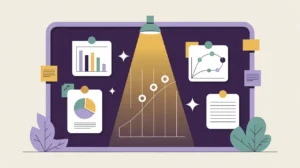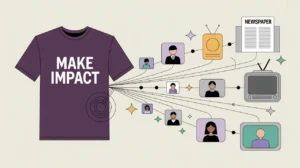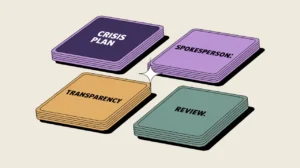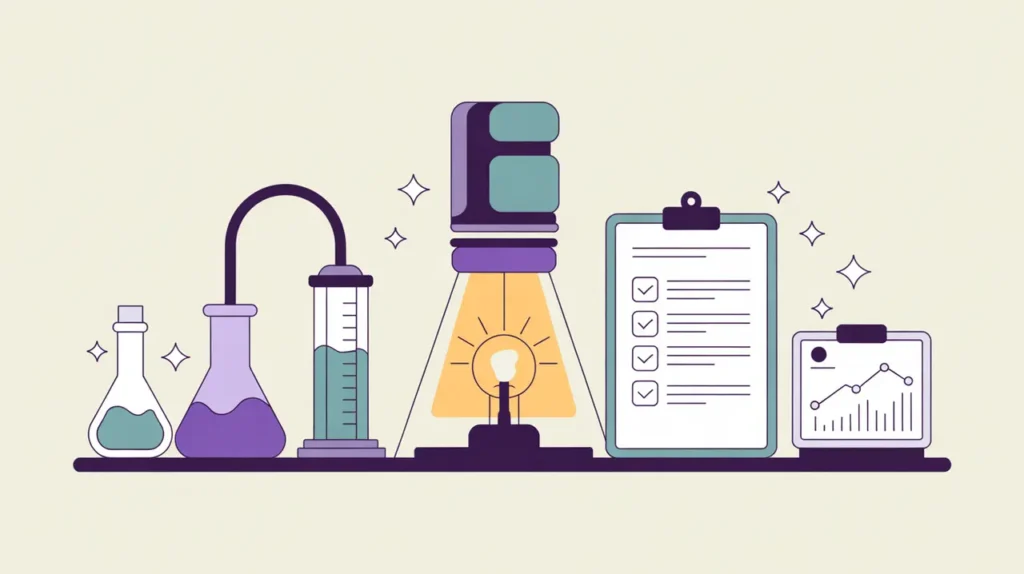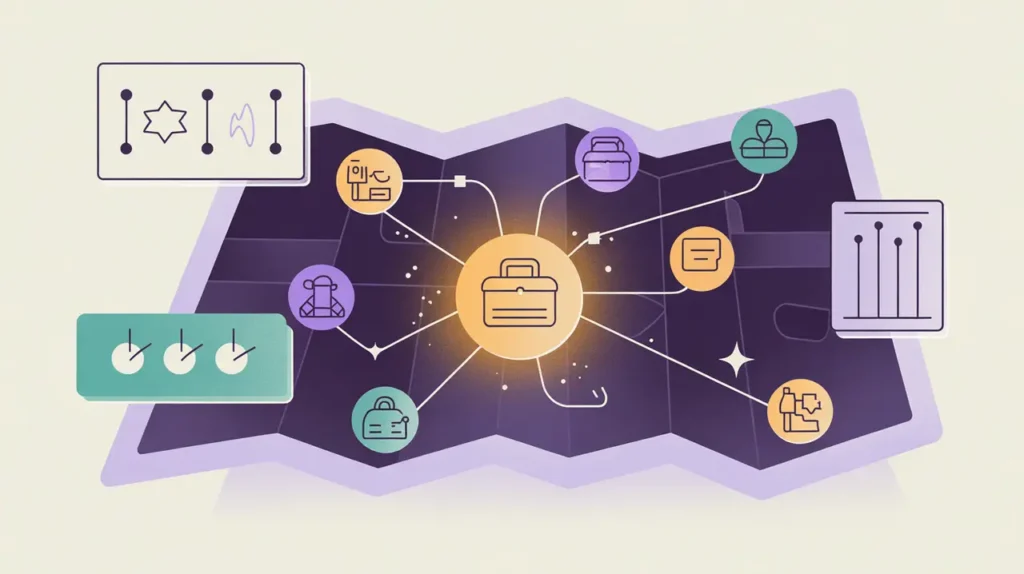What Does Solution Discovery & User Research Involve?
Solution discovery and user research is the stage where nonprofits and social innovators uncover the real needs of the people they aim to serve. It ensures interventions are grounded in lived experience, not just assumptions or donor priorities. Discovery clarifies the problem, explores current behaviors, and surfaces the barriers and opportunities that shape how a solution will be used and valued.
In practice, discovery involves combining market-style research with community-centered inquiry. It may include interviews, surveys, focus groups, ethnographic studies, and journey mapping. User research goes further by observing how people interact with existing services or systems, identifying pain points and gaps. The insights gained help teams avoid building solutions that look good on paper but fail in practice.
Skipping this stage often results in wasted resources and low adoption. Done well, solution discovery creates a strong foundation for design, ensuring that future prototypes and interventions respond directly to user needs and are positioned for real-world success.
What Competencies are Associated with this Role?
Discovery and user research require both analytical and relational capabilities. Core competencies include:
- Designing and conducting interviews, surveys, and focus groups
- Mapping user journeys and lived experiences
- Applying human-centered and participatory research methods
- Gathering market and ecosystem intelligence
- Identifying barriers, incentives, and unmet needs
- Collecting and analyzing qualitative and quantitative data
- Synthesizing insights into clear problem statements
- Translating research into design requirements
- Upholding ethical standards and safeguarding protocols
- Documenting and sharing findings in accessible formats
How Might AI and Automation Help this Role?
AI and automation can expand the reach and efficiency of discovery. Opportunities include:
- AI-driven sentiment and theme analysis from interviews or surveys
- Automated transcription of focus groups and community conversations
- Natural language processing to detect trends in user feedback
- Predictive modeling to anticipate user needs or adoption barriers
- AI-assisted journey mapping from digital behavior data
- Automated visualization of survey and interview findings
- Generative AI to draft research briefs or insight summaries
- Real-time translation of community input into multiple languages
What are the Roles by Experience Level?
Roles progress from field-level data collection to strategic research leadership:
- Entry: Research Assistant, User Research Associate – collect data, transcribe, manage survey logistics
- Mid: Research Officer, UX Researcher – design tools, analyze data, develop insights for design teams
- Senior: Research Manager, Discovery Lead – oversee research strategy, integrate findings into solution design
- Executive: Director of Research & Insights, Chief Innovation Officer – shape organizational discovery practice, align with strategy, influence sector learning
How Transferable are the Skills from this Role?
Discovery and user research skills are highly transferable across nonprofit, private, and public sectors. Within nonprofits, they prepare staff for roles in solution design, evaluation, advocacy, and program strategy. Beyond nonprofits, these skills align with user experience (UX) research, market research, product discovery, and customer insights. The ability to listen deeply, analyze rigorously, and translate insights into action is in demand across industries. Practitioners in this space become valuable bridge-builders between communities, organizations, and markets.

